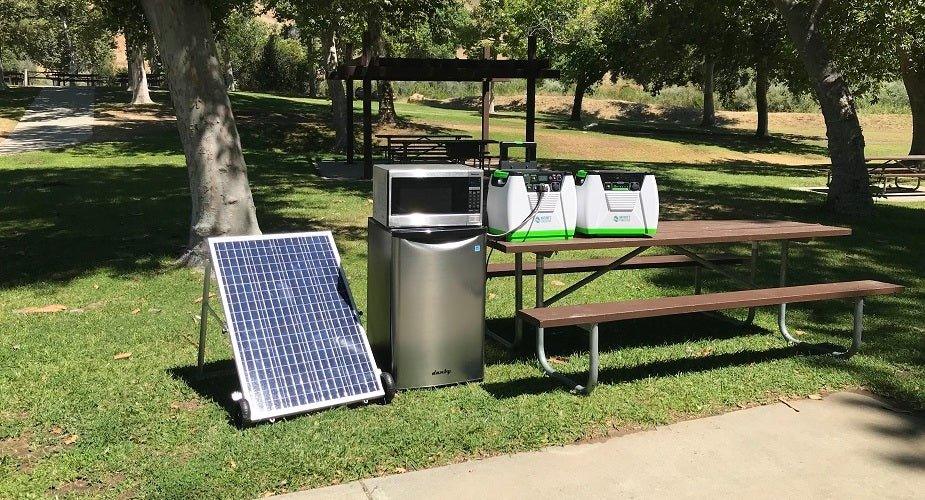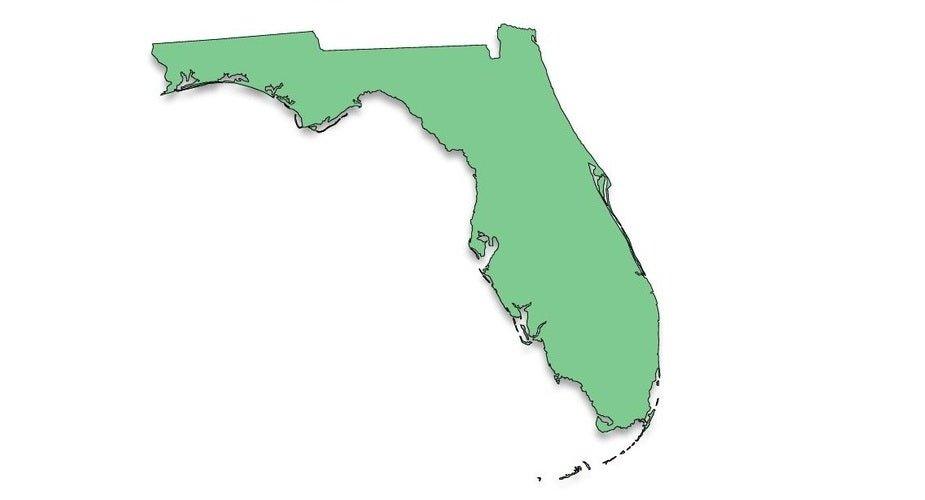Tiny house living’s appeal has grown in the past couple of years as people have become more mindful when it comes to their cluttered life. It provides a sustainable and eco-friendly way of living while having the ability to be on the road whenever and wherever (if desired) and financial freedom.
It all started when a guy named Jay Shafer shared his journey toward building a tiny house on wheels and the reasons behind it in 1999. It garnered attention, thus, giving birth to a movement.
Its popularity steadily grew.
Add to the fact that during the past couple of years (and the pandemic), there has been a growing popularity of downsizing and living a minimalistic life. People have become more aware and mindful of how they have been living their lives, and that’s why there’s an active desire to change things—live a stressful and clutter-free life.
And part of the solution is to live in a tiny house.
What’s the appeal?
People have become tired of doing the daily grind. Tiny house living’s biggest appeal is that of simplicity and comfort. It is about having the things you need, nothing more, nothing less. It allows you to identify things that add value and happiness, as Marie Kondo would put it. Thus, it eliminates things that do not spark joy, which is likely going to be the non-essentials, to live a fulfilled life.
Many have shared their testament that their quality of life has improved once they’ve transitioned. They are happier and less irritable as they have more freedom and more time to enjoy life.
Aside from being a lifestyle choice, many have seen tiny homes as an easier and cheaper way to become a homeowner compared to living in traditional residential houses. Many areas have popped out that are called tiny house communities and villages.
What’s a typical tiny house
A typical tiny house has less than 400 square feet of space, meaning there’s a limit on the size and amount of things homeowners can put there. So having a big piece of gym equipment isn’t practical or advisable.
But this limitation packs a punch as it can accommodate the things you’ll need to live comfortably. It can have all the home necessities, such as a bedroom, a kitchen, a living room, and a bathroom.
Perks of Living in a Tiny House
A huge benefit of this lifestyle change is the amount of money saved on a monthly basis. It decreases the amount of consumption when it comes to water, electricity, and other non-essential stuff.
But let’s take a deeper dive into them:
-
Sustainable and Eco-friendly Living – is a direct effect of the tiny house movement. People would naturally start thinking of the design of the house and the materials to use when building. There are available materials whose lifecycles are considered to ensure a low carbon footprint is left behind. An example of this material is thermally modified wood which is not just sustainable but durable as well.
Then, there’s also the option to go off-grid through Solar-powered and wind-powered generators, such as Nature’s Generator.
Nature’s generators can be easily installed to power up any gadgets and lightbulbs while on the road. They work by capturing the sun’s energy through solar panels, keeping the energy in battery banks, and using them via an inverter.
These generators are easy to maintain and don’t emit toxic fumes. And, best of all, there’s no need to rely on the grid for home comfort. Mother Earth provides a renewable source of energy for Nature’s generators which meant not having to pay for a high electric bill and more money in the bank.
So, for those who are always on the go and love portability, Nature’s 1800 Watt Generator just might be the perfect match. It’s a generator on wheels, making it easy to move it around. It has a 12V 60Ah (720Wh) and AGM Sealed Lead Acid battery.
But, if more power, longer usage, and more output options are needed and desired, then Nature’s Generator Elite 3600 Watt can provide just that. It has 2 USB ports that can deliver up to 15-watt or 3-amp output and 3 AC outputs that can provide up to 3600-watt of AC power.
Then, there’s Nature’s Generator Powerhouse 7200 Watt, a perfect choice for those who want more options and expandability. It has a bigger battery capacity, giving it the ability to power just about anything, whether they be 240 volts or 120 volts.
To compare, the 1800 Watt Generator can recharge a laptop 12x while the Elite 3600 Watt and Powerhouse 7200 Watt can provide 40+ recharges and 160+ recharges, respectively.
If you want to know more about how you can get the best tiny house living experience with Nature’s generators just contact us. We’ll help you figure out what’s the best option that can fulfill all your energy requirements.
Another way to make the tiny house eco-friendly is by having a composting toilet. It works by breaking solid waste into compost by simulating an oxygen-rich environment. (There’s no need to worry about the smell since there are new available systems that have put this into their design considerations.)
And, there’s also the option to set up a rainwater collection system that aims to supplement your water needs for washing plants or flushing the toilet (if one has decided not to do the composting toilet option).
-
Versatility - Tiny house living is also a great choice for those who want to travel more around the country while still being environmentally friendly.
This is because they can be easily transported from one place to another because of their size. As a result, cross-country travel can be pretty straightforward with a tiny house unlike when flying out or taking a long drive as you’ll have to worry about all the luggage and stuff that’s needed to be carried, not to mention the crowd of people you have to pass through.
But be sure to do a bit of research before traveling to a different state and their building code to avoid any trouble and hassle.
-
Less Clean-up – This just might be the best added benefit of having a tiny home.
Living in huge houses meant more time and energy spent cleaning the rooms. There’s none of that with living in a tiny home. Because it forces people to quickly pack things up to avoid clutter from accumulating. Subsequently, it also makes it effortless to look for things as the importance of being organized is required in tiny living. Drawers and storage areas will be specifically dedicated to crafting, cooking, and cleaning materials.
-
More Money in the bank - Financial freedom is a direct consequence of living in a tiny home. It is said that 55% of people living in tiny houses have more savings than most Americans. A median of $10,927 was saved in the bank. It’s because most of them don’t have to pay any mortgages, lower maintenance expenses, and less utility bills to pay.
It also forces homeowners to immediately self-reflect and evaluate if a cute golden lamp online has space or is a necessity at home.
What are the disadvantages of living in a tiny home?
The downside of living in a tiny home is not having enough storage space. But for many, it has become a welcomed challenge to think of ways on how to fully utilized every inch of space they own. The bottom portions of the stairs, beds, and sofas are great storage spaces.
For those who are married and have a family, a tiny home can be a challenge. Because of the small square space finding personal space can be difficult. That’s when the great outdoors can work as an extension of the home. People can just step out, take a walk or just bask in the calmness of the surrounding before coming back in and talk things out. Thus, compelling people to become better communicators. It’s hard to live with someone in a small room and be mad at them all the time.
How to Start Tiny Living?
Tiny house living isn’t for everyone. If you’re not sure if it’s for you why not test it out by renting out a small space for a bit? Many tiny houses are being rented out on Airbnb. Live in it for a bit and see if having less will work out for you.
If you’ve worked out that tiny living is for you, a careful and well-thought-out planning is required when you plan to transition to living in a tiny house. It meant taking inventory of your stuff, and the things you’re looking for in a space. Start by taking note of where you love spending your time the most at your current home.
The prices of living in a traditional residential home can go up to hundreds of thousands depending on the location, design, demand, and supply. This alternative can cut the expenses to more than half, again, depending on the design and location. It can give you and others a chance to use their hard-earned money on other areas to improve on, and save money for future emergency use.
After all, tiny living is about living big.
Living big means being in the moment without having to worry about any clutter, distraction, and stress.
* We want to give credit where credit is due. Professional writer, Cris Ilao, contributed research and content to this blog titled: The Appeal of Tiny House Living Thank you, Cris, for your contributions!






 10,000W LIFEPO4
10,000W LIFEPO4









